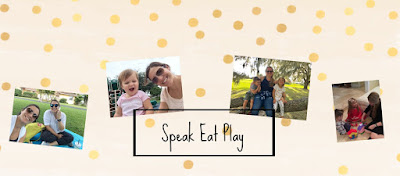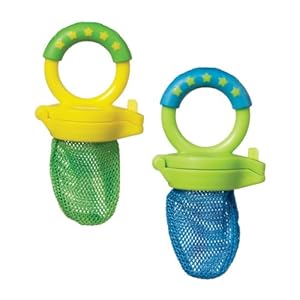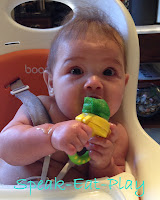Does your baby have flat areas on his head (Positional Plagiocephaly)
By Jackie Gurdian, MS, OTR/L
Childbirth is an adventurous ride for your baby and sometimes it results in your newborn looking like a cone head, but don’t worry, because your baby’s skull will even out on its own.
Some babies develop a flat area after birth, this is called positional plagiocephaly. Flatness can occur on either side of the back of the head.
Why does this occur?
One of the main reasons why babies develop flat areas is because they sleep or rest in same position repeatedly. It is not recommended that babies spend too much time laying on their backs when they are awake, or anywhere where their head is laying head against a surface.
Another reason is having weak neck muscles. Your baby could be having difficulty turning his head to both sides. This can lead to torticollis, other times the child has torticollis which leads to flatness (information on torticollis coming soon).
Prematurity is also another reason that plagiocephaly can occur. Premature babies have softer skulls than most full term babies and possibly could be spending time in the neonatal intensive care unit (NICU) where they are unable to move from the same position for long periods of time.
Positional plagiocephaly can also occur in utero when there is pressure placed on your baby’s skull.
What do you do if you suspect your child may have positional plagiocephaly?
This could be very easy for you to notice. Most of the time you will see a flattened side and this may cause that side to look pushed towards the front of the face. You may also notice asymmetry when looking at the face in frontal view.
If you suspect your child may have a “flat head”, ask the doctor. The doctor could recommend simple positioning changes to make around the house or possibly a custom molded helmet to provide pressure on some areas and allow growth in others.
How can you prevent positional plagiocephaly?
· Lots and lots of tummy time to not only prevent baby being on his back for so long but also to strengthen their neck muscles. You could also try baby carriers when you need to be on the go.
· Try putting baby at different ends of the crib every nap or bedtime. Usually if you are right handed you will place child in crib the same way every time try and alternate what arm you use to hold baby.
· Limit the time that the baby is in equipment such as car seat, bouncy chair, swing or other similar seats.
· If you have crib safe toys, alternate sides in which baby will have to look to play.
- Use a product like the Tortle, a beanie especially made for positional plagiocephaly, we wrote a review about it HERE.
If you would like more information on different positional adjustments to make for your child please contact us speakeatplay@gmail.com. We will also love to read your comments and any other suggestions you have tried.
Be sure to like our facebook page for updates and other informational posts www.facebook.com/speakeatplay
Thanks for reading!





